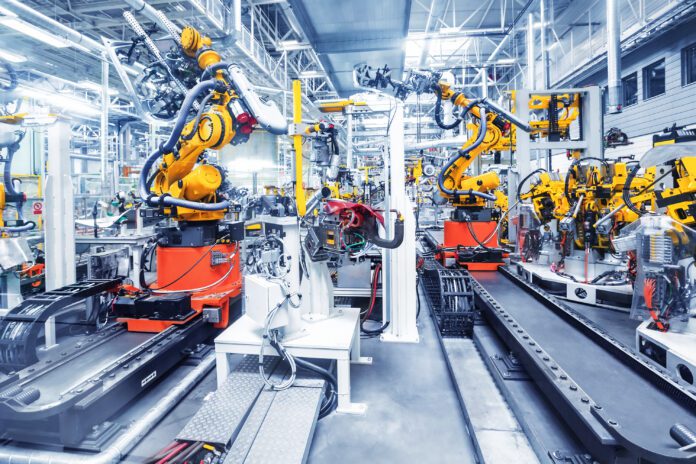
Eurozone’s manufacturing sector has eased up further in the last month of 2022 following softer inflationary pressures and more stable supply-chain conditions created some respite for goods producers.
The S&P Global Eurozone Manufacturing PMI stood at 47.8, up from 47.1 in November, marking its highest reading for three months.
This is the sixth consecutive month the purchasing managers index posted below the 50.0 no-change mark, which indicates a deterioration in business conditions facing goods producers across the euro area.
S&P Global reported that weakness in client demand remained evident through slumping new order intakes, pushing firms to make further inroads into their backlogs.
Additional increases in pre- and post-production inventories were seen during December despite purchasing activity and production volumes failing, the PMI report further detailed.
Meanwhile, employment growth continued to show positive results and business confidence edged up to a seven-month high.
According to the PMI report, market groups experienced continued downturns across consumer and intermediate goods makers, while capital goods producers recorded a marginal improvement.
All of the monitored constituents, which account for approximately 89 per cent of eurozone manufacturing activity, registered a Manufacturing PMI below the crucial 50.0 mark in December, indicating broad-based weakness.
However, downturns in all eurozone constituents eased up except for Greece, which saw a sharper decline in December.
Eurozone’s manufacturing output also saw a decline in December, marking the index’s seventh consecutive month in contraction.
However, the decrease was only moderate and the weakest since June.
The decrease in output coincided with a further slump in new order inflows as demand for eurozone goods remained generally subdued.
The demand in factory sales weakened since November was the softest in four months as a slower fall in new export business helped ease the downturn in overall order books.
“A second successive monthly cooling in the rate of loss of factory output brings some cheer for the beleaguered manufacturing sector as we start the new year,” said Chris Williamson, chief business economist at S&P Global Market Intelligence.
“The number of optimists regarding the year ahead has also now exceeded pessimists for the first time since August, hinting at a steady improvement in business confidence”

















